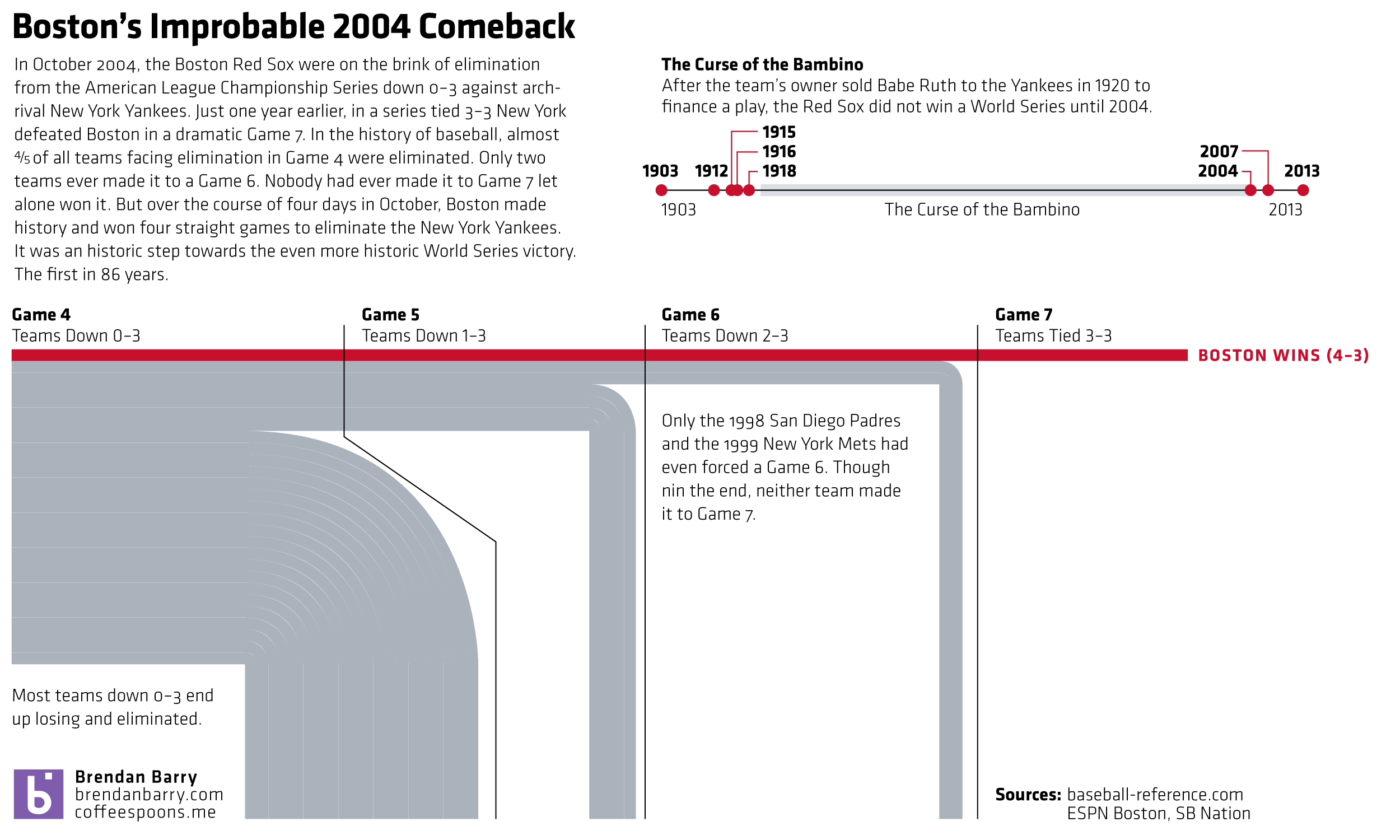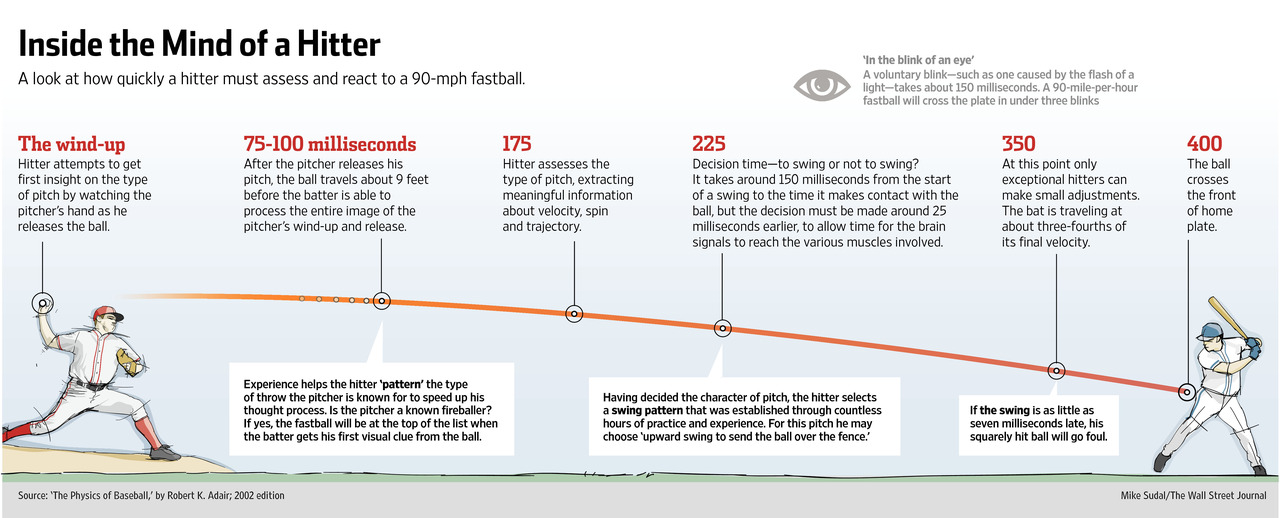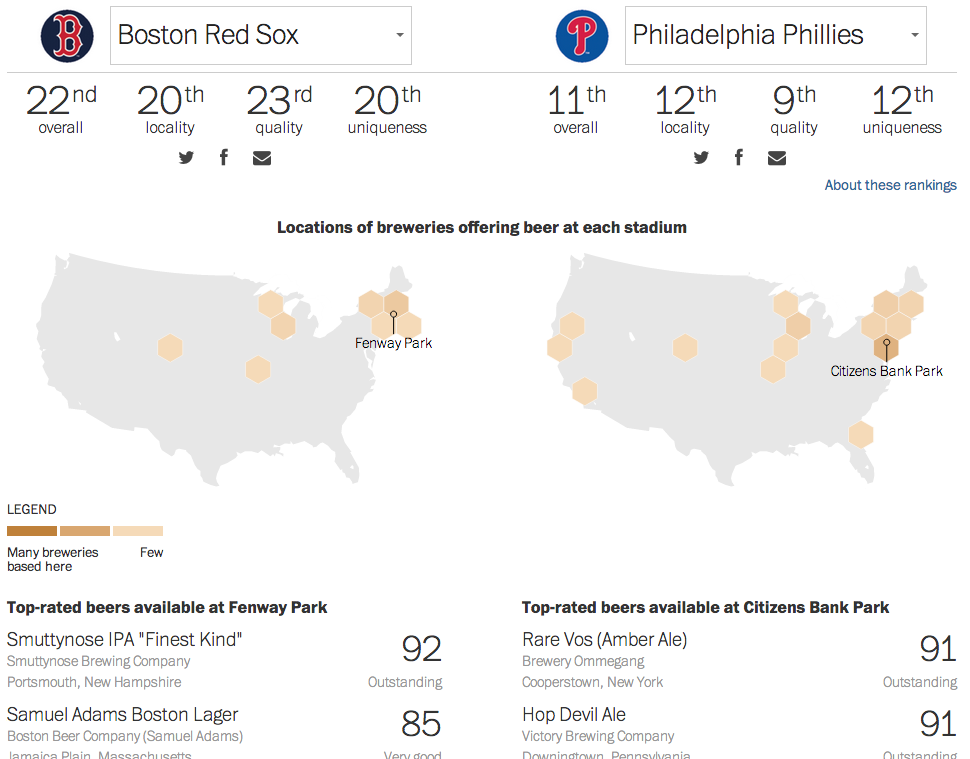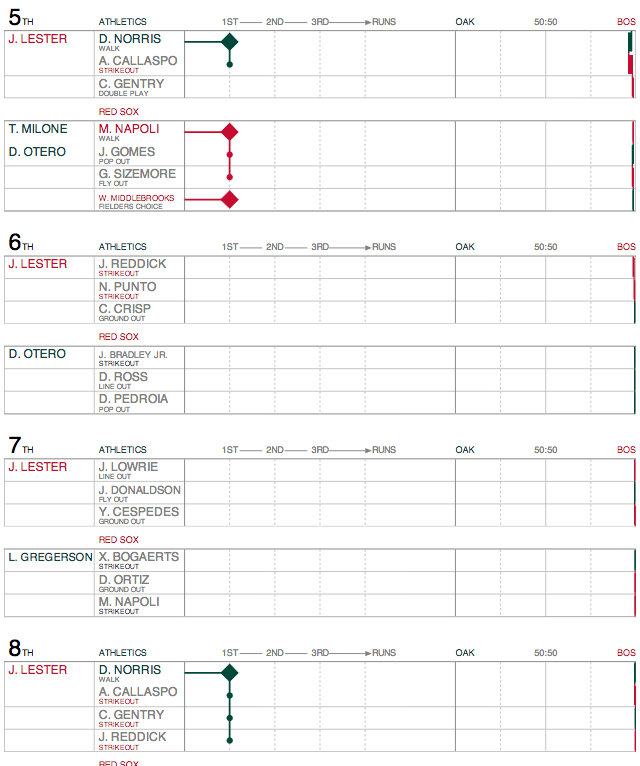Baseball is my sport. I love it. Some of my favourite games are the four-hour long matches between my Red Sox and the scourge of the Earth, the Yankees. Games can take a long time for a number of reasons. But in an increasingly fast-paced world, critics argue that younger generations do not have the patience for even three-hour games. So Major League Baseball this year is actively trying to reduce the time of games through pace-of-play improvements. To do this, they are looking at and collecting more of baseball’s copious amounts of data.
Unfortunately, ESPN in an article about the improvements for this year took the data and did nothing with it.
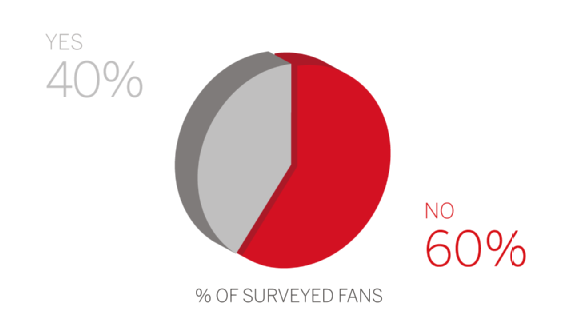
Above we have survey results. I want to vomit in my mouth. Wait, hold on…sorry about that, I am back now. Some organisations have done some really nice visualisations with baseball data, of which we have a lot because the sport plays 162 games per year. We surely could be looking at more timing data. But, instead we get three-dimensional pie charts from ESPN. The rest of the article is not much better, though their styling of bar charts still leaves things to be desired.
Credit for the piece goes to ESPN’s graphics department.





